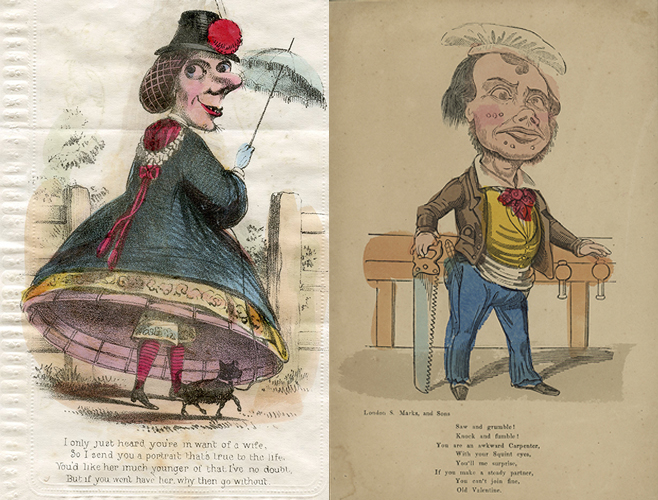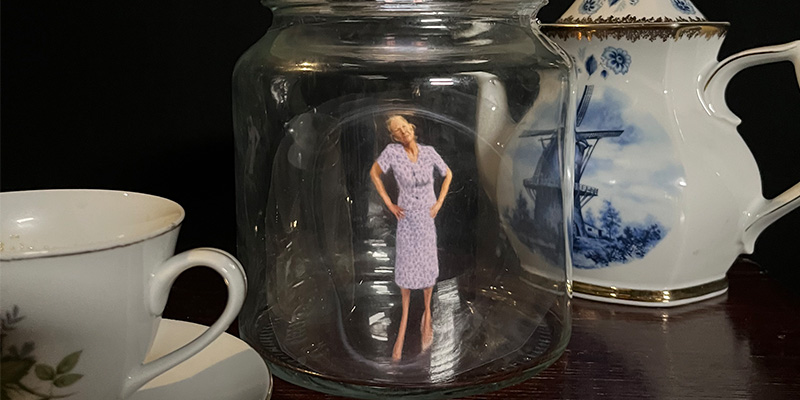News | Friday, 29th November 2019
How can social media affect an election?
Dr Bex Lewis considers the importance of the digital environment surrounding the UK General Election

By Dr Bex Lewis, Senior Lecturer in Digital Marketing at Manchester Metropolitan University.
Social media is now truly embedded within our everyday lives, including politics, with around half the population getting their news from social media.
As we prepare for the General Election of 2019, how will social media and the digital environment affect the polls this time round?
What about 18-24 year olds?
After the 2017 election, YouGov reported that age seemed to become a ‘clear dividing line’ in politics, with younger voters much more likely to vote Labour and older voters more likely to vote Conservative. In 2019, the same patterns can be seen in this interactive graph provided by The Economist.
The notion that the 2017 election was affected by a ‘youthquake’ and that all young people hold the key to changing the reins of power has been debunked. But, as noted with the 2017 election, many younger voters called the First Past the Post system non-representative. ‘Generation Z’ may be the first generation to conclude that traditional politics does not hold the answer to their main concerns, of which climate change is paramount.
As indicated in my book, Raising Children in a Digital Age, children have grown up in a time when digital is an embedded part of their everyday life.
My students have frequently asked why they are unable to use mobile phones for voting, as they are able to do their banking online and undertake so much of their lives online (although there may be good reasons why not, including possible hacking).
What about the social media platform?
Social media is more embedded in people’s lives than ever before – most people don’t overthink their use of digital platforms.
The four biggest platforms currently in use (albeit differently by different demographics) are Facebook, Twitter, WhatsApp and Instagram. Three of those are owned by Facebook and, as Hilary Clinton said recently, “When Facebook is the principal news source for more than half of the American people, and the only source of news that most of them pay any attention to, and if it announces that it has no responsibility for the airing of false ads … how are you supposed to get accurate information about anything, let alone candidates running for office?”
For younger users, Instagram has grown in popularity, although Snapchat still has its place (and has recently been used by the UK government). Tik-Tok (formerly music.ly) is also widely used by teenagers and recently banned political adverts.
Social media offers portability, availability, searchability, interactivity, many-to-many messaging and increasing personalisation. It offers a space for ‘sharing, connecting and engaging, with an expectation that one’s actions will be observed’, although there’s less recognition that users will be observed by big data algorithms as much as other people.

Social media is essentially a space in which relationships bloom and the peer-to-peer sharing of particular material is key, although complex issues can be reduced to short and ‘tweetable’ soundbites. There are worries about confirmation bias, in which posters think their message is gaining an effective reach, but in fact is only reaching those within the filter bubble, a group who already largely agree with each other.
All of this is happening in an environment where there is a lack of trust in politicians, in electoral interference and in information in general.
Email, despite ongoing talks of its death, remains highly relevant and personalised; increasingly messaging happens on private platforms such as WhatsApp, rather than in public spaces; and not forgetting the growing use of bots and artificial intelligence.
It’s important to be aware of the dangers of trolling, which means that some politicians may not be prepared to stand, and the benefits of spaces such as Instagram, where politicians have felt that they can share their ‘fluffier side’ and where women feel safer as it’s ‘hard’ to be challenging to someone if they have, for example, posted a picture of them with their cat.
Transparency and Fake News
Increasingly, users can be much more informed about who is targeting them, as the platforms are trumpeting increasing transparency by using tools such as Facebook Ads.
This puts a lot of weight on the end user to be informed and to know what to look for. Of course, this is just the publicly acknowledged content, whereas there can be other content directed through third parties.
There is a lot of pressure on social networks to manage political messaging, although there is a lack of clarity of what this looks like. Campaigners have called for political advertising to be blocked, as has happened in Israel and Canada.
Twitter recently banned political advertising on its platform, although this seems to miss the point that grass-roots campaigns have been able to make better use of low-cost technology to build a platform, so removing political adverts gives more established parties an advantage. The debate however has been raised, highlighting a lack of clarity about how data is collected and used, and what can be specifically defined as political advertising.
In the meantime, the Guardian and Buzzfeed are seeking to highlight obvious ‘fake news’ within the election.
Importance of Digital Literacy for all ages
As users, there’s a need for more digital literacy, along with platforms pulling messages down faster – while being aware that often things are replicated faster than this can be done.
We need to take responsibility for fact checking of viral stories, not just political ones, and for the shares that we make.
Social media has given an opportunity to speak back to the PR activities of the government, so political parties have to think about how their message may be interpreted.
Digital and social media add more layers of complexity to the election, beyond those that are portrayed by media headlines. Ultimately, social media alone is unlikely to win an election for a political party, but it needs to be taken seriously by all of them.
Social media can support and echo more traditional methods of electioneering, although as can be seen, it also offers more space to challenge party political messages.
It needs to be recognised that the tone of social media is relational, requiring authenticity and interactivity, rather than wider digital marketing, which can be more tactical and one-way.
Social media is a long-term medium (although stories can of course go viral quickly), so political parties need to keep their online spaces up to date, as snap elections only offer a short timeframe to get messages out, so you already want people on board.




